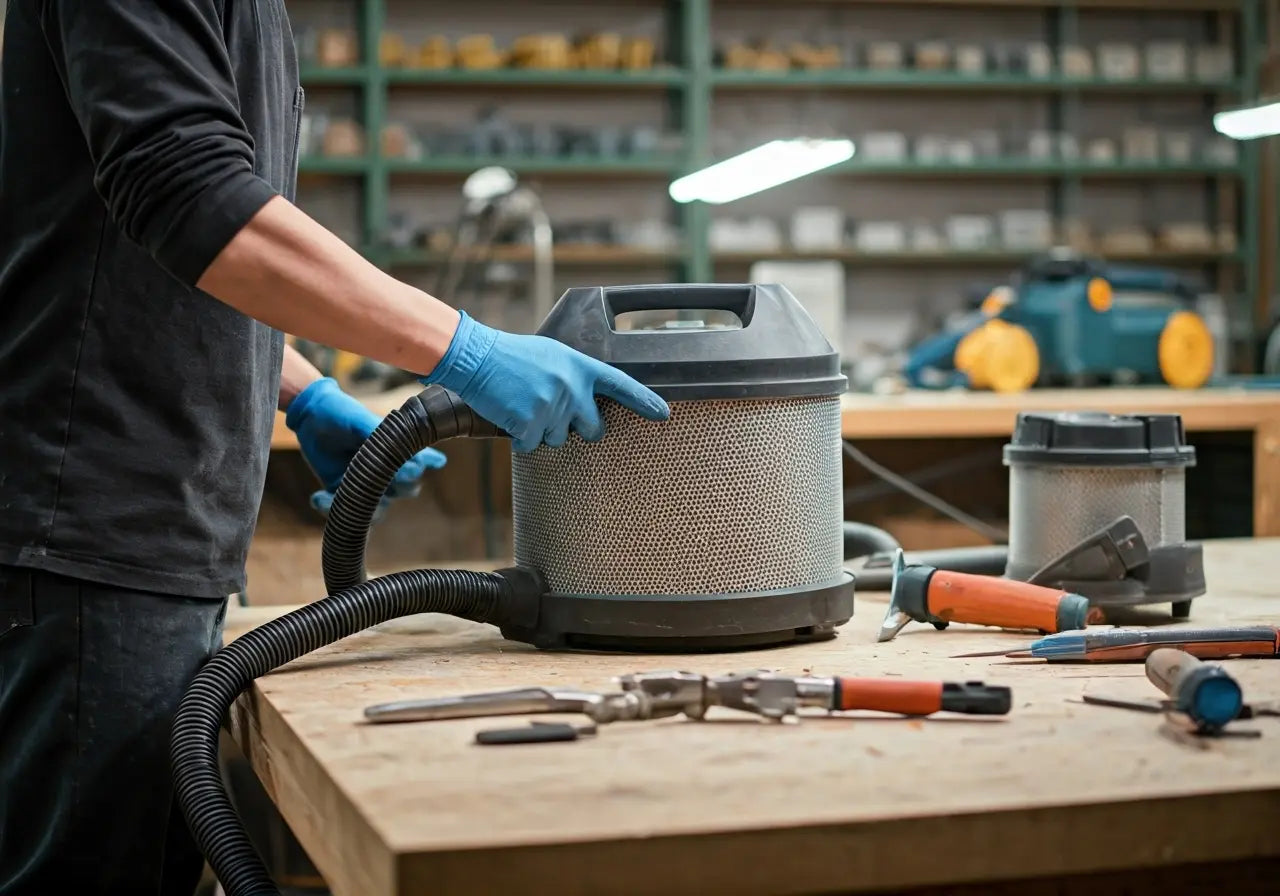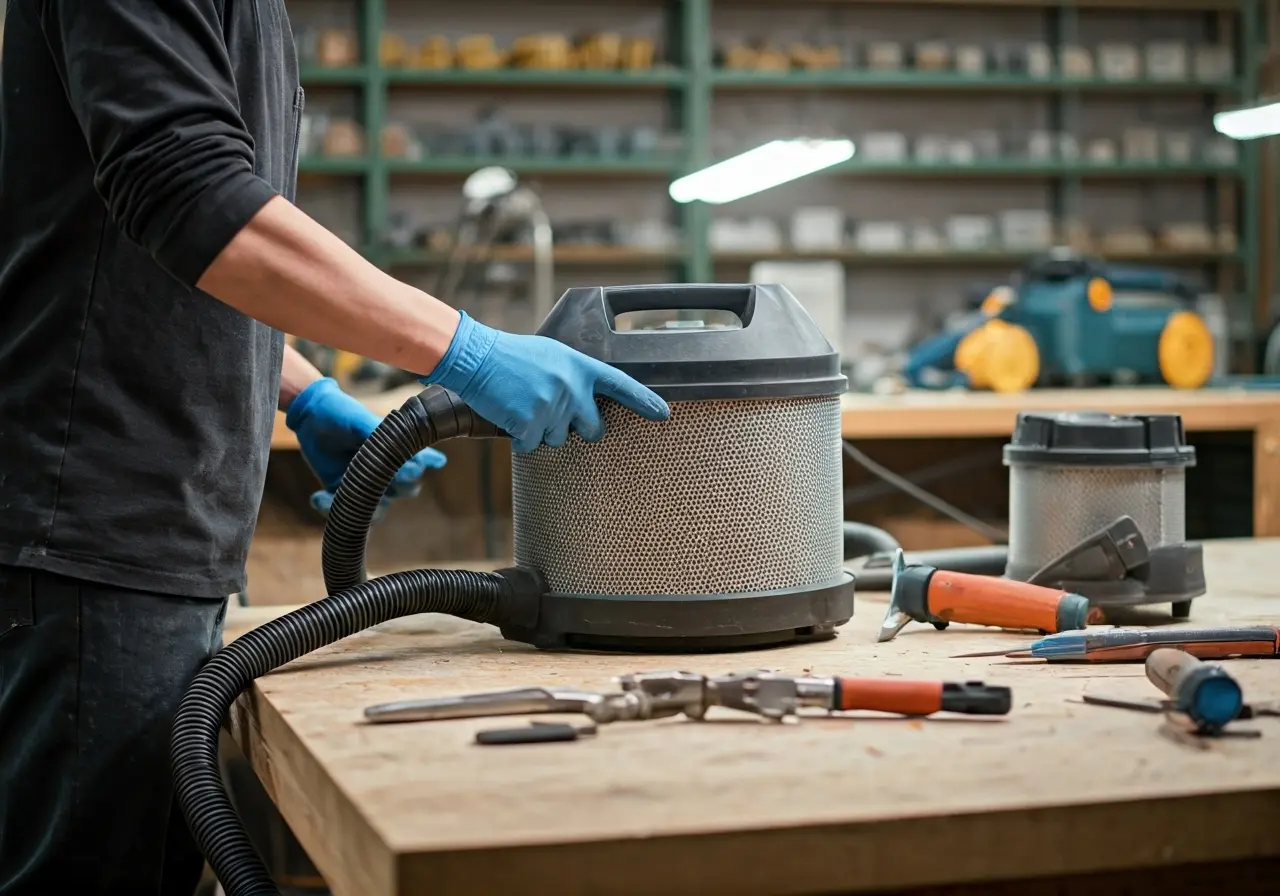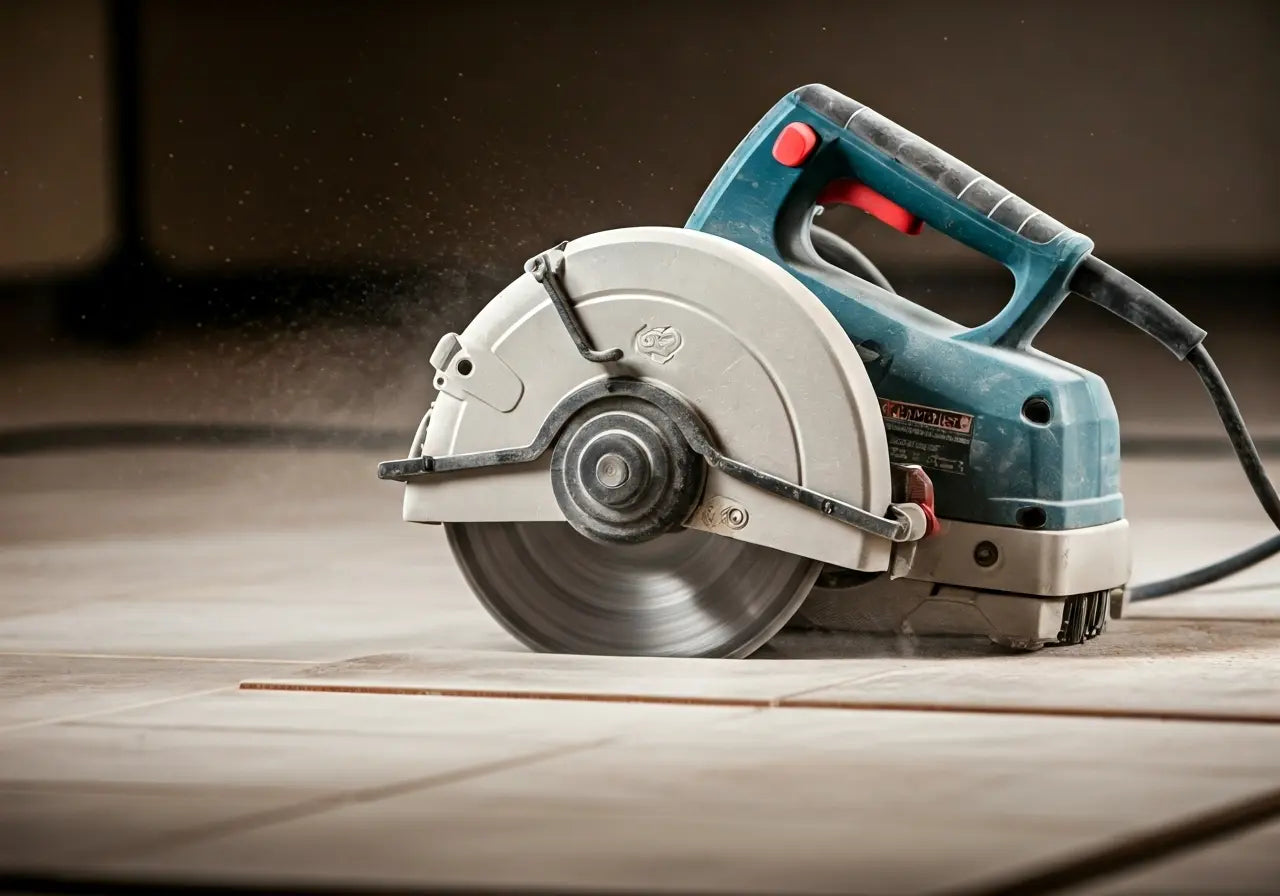In the world of construction and renovation, maintaining clean air and minimizing dust are critical for both health and efficiency. One effective way to achieve this is by using a HEPA vacuum in conjunction with dry-cutting techniques. In this blog, we’ll explore how these methods work together, and why they provide a superior solution for healthier and cleaner work environments.
Understanding HEPA Vacuum Technology
HEPA, or High-Efficiency Particulate Air, vacuums are designed to trap extremely small particles, capturing up to 99.97% of particles that are 0.3 microns in diameter. This makes them highly effective in filtering out dust, allergens, and other contaminants from the air, providing superior air quality in workspaces.
The superiority of HEPA vacuums when compared to regular vacuum systems lies in their ability to capture more minute particles that typical systems miss. This unique ability is essential in environments where air quality is critical, such as hospitals, laboratories, and of course, construction sites. Dust and other hazards are common challenges in these areas, making the deployment of HEPA technology integral for maintaining safety standards and ensuring satisfactory working conditions.
Exploring Dry-Cutting Techniques
Dry cutting refers to the process of cutting materials without the use of water. This technique is often used with materials such as stone, concrete, and brick. While convenient, it can create significant dust. Hence, pairing this technique with effective dust management solutions like a HEPA vacuum is crucial.
Despite its benefits, dry-cutting comes with its set of challenges predominantly associated with dust generation. When power tools such as saws and grinders cut through materials, they release a cloud of dust particles. The benefits of using dry-cutting include reduced water usage and simplicity of setup. However, without proper dust control methods in place, the resulting dust can compromise air quality and tool longevity. It’s here that combining dry-cutting with a HEPA vacuum becomes a game-changer in the construction industry.
Why Combine HEPA Vacuum with Dry-Cutting?
Combining HEPA vacuums with dry-cutting techniques allows for the capture of airborne dust immediately at the site of cutting. This reduces dust accumulation, protects workers’ health by minimizing exposure to harmful particles, and ensures cleaner work environments.
Consider this combination as an essential evolution in construction site management. Traditional methods often fail to address the vast majority of particles generated during cutting processes. By contrast, integrating HEPA vacuums during dry-cutting operations effectively sucks away dust before it becomes airborne, offering immediate containment and disposal. This proactive step not only mitigates health risks but also prolongs equipment life by minimizing abrasive dust exposure, promising long-term financial benefits in maintenance costs and productivity levels.
Advantages for Health and Safety
By minimizing inhalable dust, HEPA vacuums contribute to better respiratory health for workers on-site. This combination also decreases the risk of long-term health issues related to dust exposure, making it an essential component of workplace safety practices.
The health benefits are substantial. Workers in construction face numerous respiratory risks due to continuous exposure to dust and particulates. Chronic illnesses such as silicosis can result from prolonged dust inhalation, severely affecting workers’ lives. Implementing HEPA vacuums on-site greatly reduces these occupational hazards, nurturing a healthier workplace environment. Therefore, investing in this technology pays off not only monetarily but in significant, qualitative health improvements, translating to better workforce morale and performance improvements over time.
Boosting Efficiency on the Job Site
A cleaner workspace enhances work efficiency by reducing the time needed for cleanup and lowering equipment wear and tear caused by dust. Additionally, improved air quality can increase worker productivity and morale.
Increased efficiency on the job site is another compelling reason to adopt HEPA vacuum systems. By efficiently capturing dust at its source, these systems greatly reduce the necessity for extensive cleanup after each task. This translates into significant time savings and allows personnel to focus more on core tasks instead of devoting hours to maintenance and tidying up. Besides, the machinery used in construction operations experiences less wear and tear due to minimized direct contact with abrasive dust, reducing downtime and extending equipment longevity, which is a crucial factor for uninterrupted project workflows and overall productivity enhancement.
Embrace Cleaner and Safer Cutting Methods
Integrating a HEPA vacuum with dry-cutting techniques not only ensures a cleaner workspace but also promotes a healthier environment for workers and inhabitants alike. By adopting this combined approach, you can enhance on-site efficiency, reduce health risks, and contribute to more sustainable practices in the construction industry. Start implementing these practices today for a safer and more efficient work environment.






Leave a comment
This site is protected by hCaptcha and the hCaptcha Privacy Policy and Terms of Service apply.